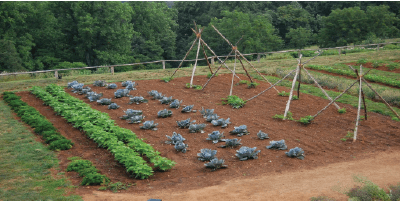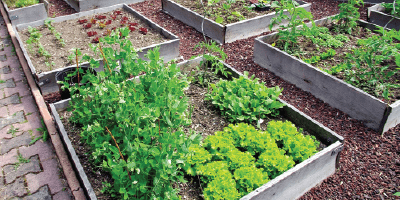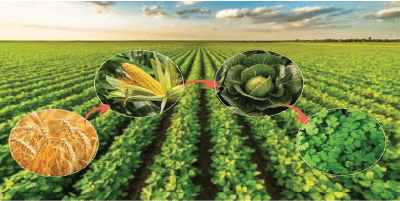CROP ROTATION
Crop rotation involves growing various plants in a set order on the same land, contrasting with monocropping or random succession. Suppose a farmer wants to boost sugar cane growth. Since this plant uses a lot of nitrogen and beans add nitrogen to the soil, the farmer may grow beans after the sugar cane harvest to improve soil nutrient balance and fertility.
The number of plants might range from two or three in simple rotations to twelve or more in complex ones. The average crop rotation cycle takes up to eight years.
Greater soil fertility, fewer pests and crop diseases, and higher yields are just a few of the positive outcomes of rotation. This method isn’t without its flaws, though, requiring a high level of knowledge and additional attention to detail during the various stages of implementation. Further, we’ll give these and other crop rotation pros and cons careful thought.


